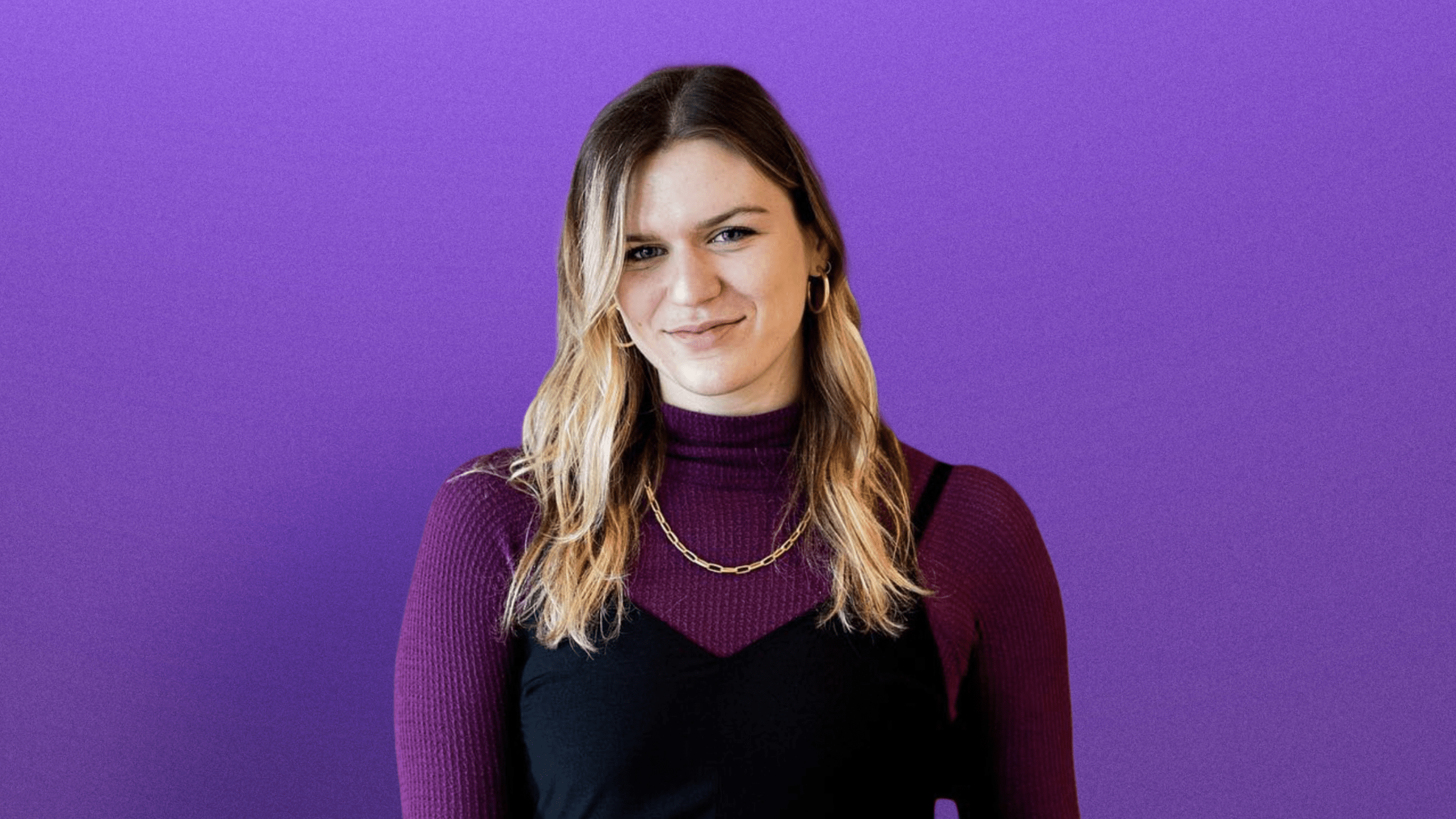Introducing Turbo Tips: A series featuring tips and tricks from YouTube creators. First up, compositing images in Photoshop!

Here at Envato, we’re dedicated to educating, inspiring and assisting our users to create projects, learn new skills, and make careers from their content. Envato is connected to an incredible community of talented creatives, so who better to ask for advice, than the creators themselves?
Introducing Turbo Tips: a series exploring the trending topics, tips and tricks from some of YouTube’s hottest design talent. Today, we’re picking the brains of Nemanja Sekulic, Imad Awan, Benny Productions and PiXimperfect, to get their expert tips on Compositing Images in Photoshop.
Each of our experts has put together a themed Composite Kit full of items you can use to create your own composite images with your Envato Elements subscription.
Simply pick your favorite kit, create your masterpiece using the items featured in the collection, and upload it to Instagram with the #madewithenvato hashtag for your chance to have your artwork shared with the Envato community!
Ready to learn about Compositing Images in Photoshop to get your skills into tip top shape? Let’s jump in!
Tip 1: How to Match Perspective in Photoshop
Nemanja Sekulic

A famous photo manipulation artist specializing in sci-fi and fantasy Photoshop composites, Nemanja Sekulic’s work has amassed an audience from all over the world, and his how-to videos have brought in over 16 million views on YouTube from artists, freelancers and Photoshop enthusiasts alike. Here are his top photo manipulation tips…
“In order to create a realistic composite, all the elements that you’re using need to match – particularly the perspective, lights and colors. When it comes to perspective, the elements need to be taken from the same angle, from the same distance with the same focal length.
Let’s say you’re taking a photo of a background, a street for example, and you want to take that photo from a really low angle with a wide angle lens. Then, you want to put a model on that background, and you’ve photographed the model from a high angle with a telephoto lens. Those two photos will never match realistically. To have realistic results you need to take a photo of a model from the same angle – ground level – with the same wide angle lens.
All the elements also need to have the same lighting conditions. So, if the background has light from the left side, then the model also needs to have light from the same side. If the background has some kind of complex light setup, then you need to take a photo of the model with the same set up, or at least as close as you can get. Or, you can paint some light later in Photoshop.
Lastly, the colors also need to be matched together. So, you need to color correct every single element to make the impression that everything belongs to the same color palette.”
Check out Nemanja’s Compositing Kit, and for more tips on matching perspective, lights & colors, watch the full Turbo Tips video above!
Tip 2: How to Extract a Shadow in Photoshop
Unmesh Dinda – PiXimperfect

Unmesh is the founder of the PiXimperfect brand, which primarily delivers free content on YouTube and exclusive content through Patreon. With tutorials on almost every Photoshop topic, he’s one of the biggest names in Photoshop editing – he’s even speaking at the upcoming Adobe MAX conference – which makes him more than qualified to bring us our next expert tip on shadows…
“Whenever you’re creating a composite, you don’t have to work too hard to create a realistic shadow. If your subject already has a shadow that’s clean enough, all you have to do is to extract it – the possibilities are limitless when you can extract very realistic shadows using real shadows.
Here’s how to do it in four simple steps:
- Place the subject over the new background.
- Select the subject and the shadow separately.
- Adjust the shadow.
- Match the colors.
That’s it!”
Check out Unmesh’s Artistic Compositing Kit, and watch the full Turbo Tips video above to learn how to extract shadows in more detail.
Tip 3: How to Create a Highlight in Photoshop
Benny van Valen – Benny Productions

A true creative in every sense of the word, 18-year-old Benny has risen to YouTube fame through his incredible talent, high-level engagement with his online community, and passion for digital art. Here’s Benny’s best tips to keep those highlights on point…
“For any realistic image, you will need highlights. First of all you should make a new UI Saturation Adjustment Layer. Check the little checkbox colorize and try to match the color with your light source, and increase the luminosity a lot. Once you have the right color, put in a clipping mask, then invert the layer mask. Now, all you’ve got to do is take a little soft brush and start painting your highlights.
Once you have some highlights you’re happy with, it may help to add a little blend which you can access by double clicking on your highlights layer and dragging the lower slider while holding ALT. This splits it into two parts which gives you smoother results, allowing you to blend some awesome highlights. I’ve been using this technique in my artwork for quite a while now and I personally think it brings the whole thing to life.”
Check out Benny’s Compositing Kit, and watch the full Turbo Tips video for more info on making highlights.
Tip 4: How to Merge Images in Photoshop
Imad Awan

Imad Awan is a concept artist and illustrator in the video game industry. Working on board games, video games, film and TV, his work has really hit the spotlight on his YouTube channel as well as on his website. Imad Awan gives us his top tip on blending modes to merge images quickly and seamlessly…
“Here’s a really cool tip to help you merge two images together in an abstract manner. It works wonders. First, take an image. Then, using another image, make a selection. Once selected, put it over the base image, and work some magic. Click on the layer and go to blending options. You will see these sliders at the bottom. When you move the darker side of the slider, the darks from the photograph begin to fade and the underlying layer shows through. If you move to the lighter side of the slider, the light areas of the photograph fade and the background layers are visible and merged nicely.
This has really helped me with my concept art ideation process and for quickly merging two images to get abstract results fast and easy. You can of course tweak and experiment with these sliders to get the desired results, or turn the Opacity down to help it fit better with the atmospheric perspective of that base image.
Experiment by making selections around different structures, merging them with other photographs using the same blending technique and moving the sliders until it looks good, and match the colors using the match color feature in Photoshop. You can also darken the edges of the artwork, add a vignette effect, refine the shapes and the edges a bit more, or add a bit of separation around the mid ground and the background structures. If your foreground elements are darker in value and your background elements are lighter in value, this will create an illusion of depth, which looks great.”
Check out Imad Awan’s Compositing Kit, and don’t forget to watch the full Turbo Tips video to learn how to merge images in more detail.
And that’s a wrap on our Turbo Tips for Compositing Images in Photoshop! Don’t forget to check out all our experts’ themed Composite Kits, and for more expert advice, subscribe to the Envato YouTube channel.
Looking to learn more about working with photos? Check out our guide to the biggest photography trends of the year so far right here on the blog.
Feature image created using composite artwork by Nemanja Sekulic.




















